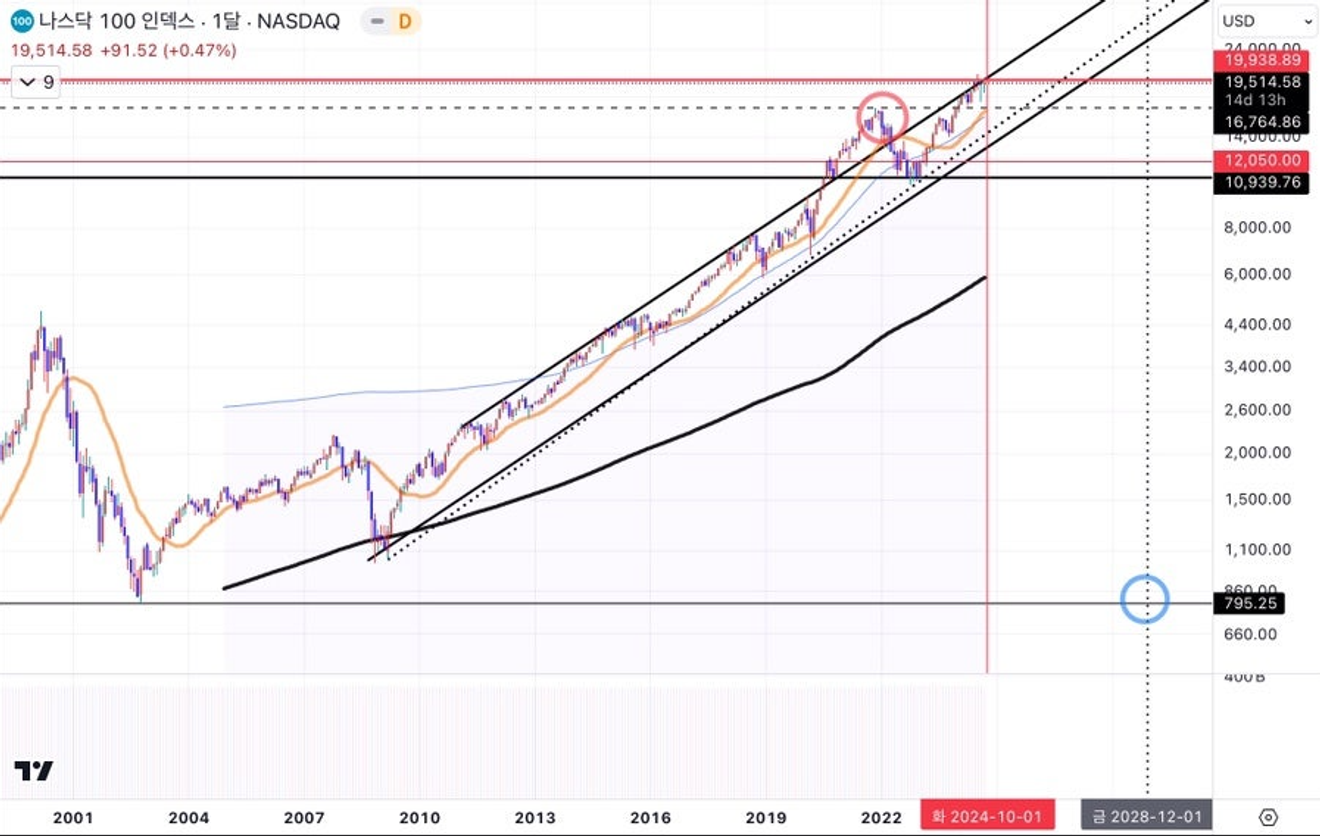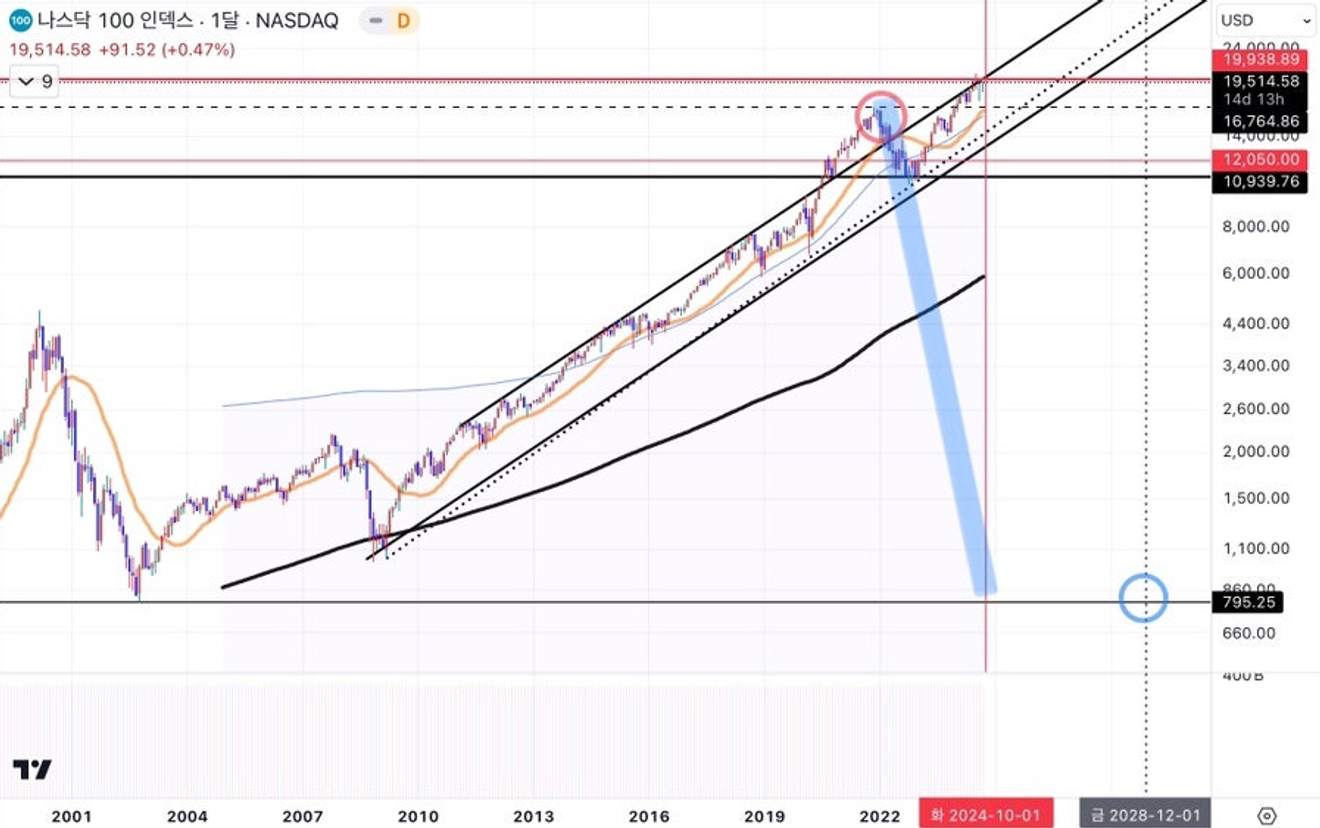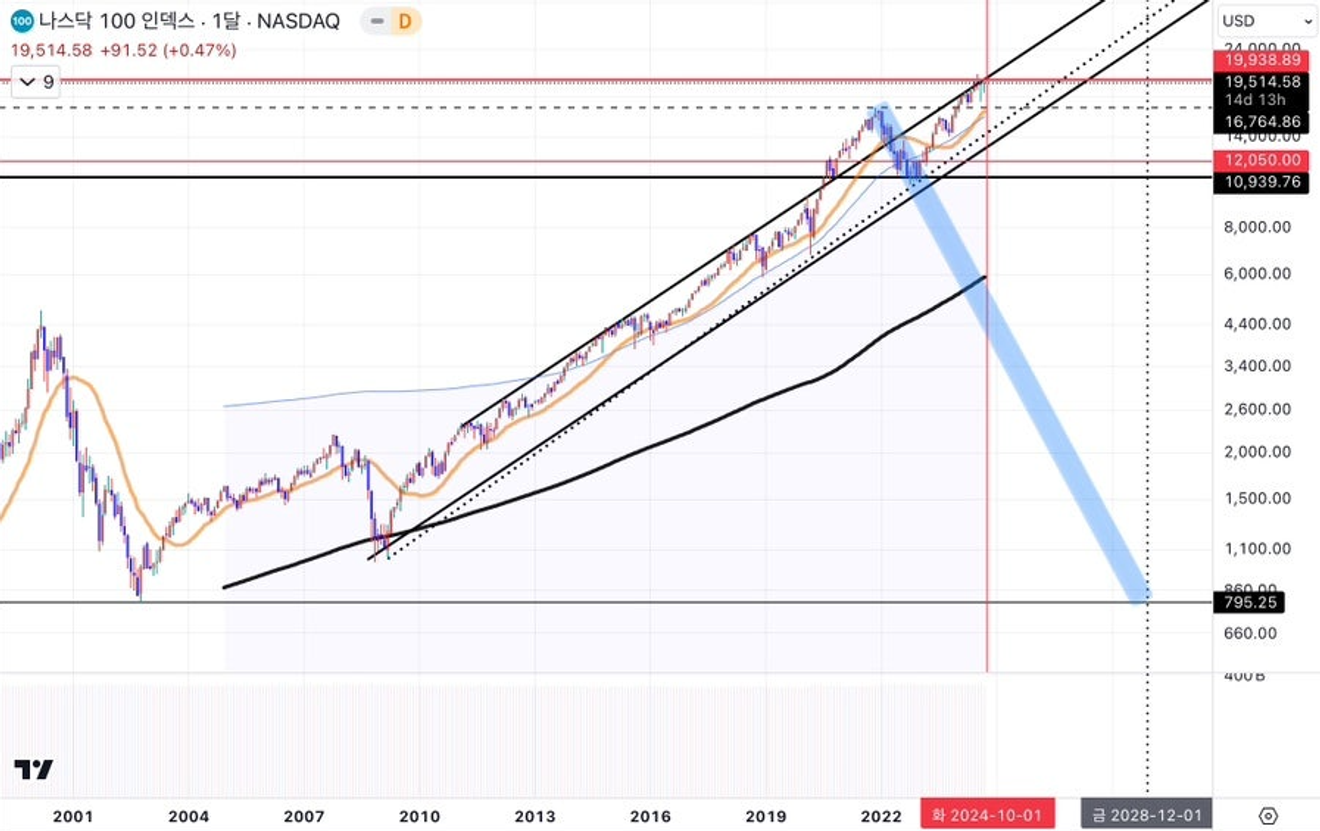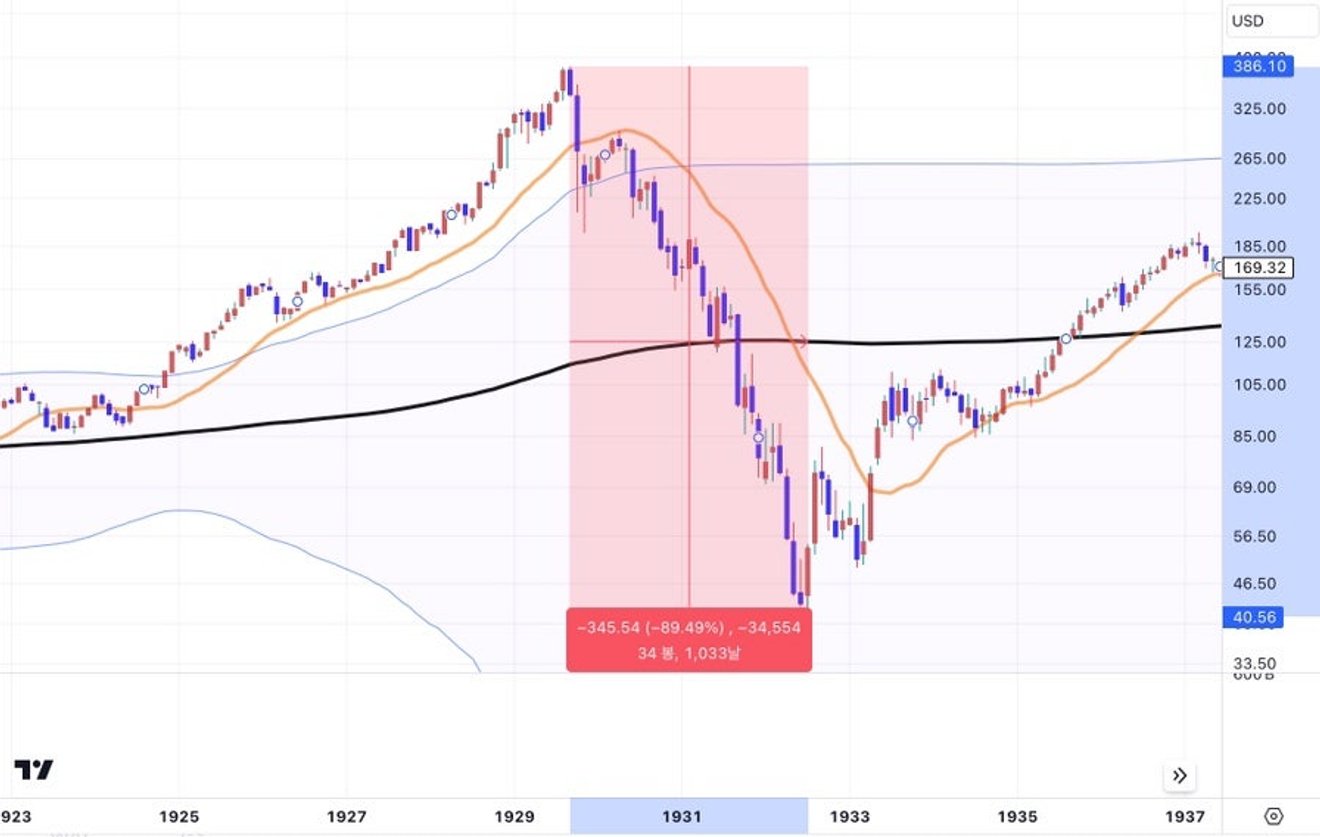Subject
- #Great Depression
- #Economic Crisis
- #Long-Term Crash
- #Stock Market
- #Time Lag
Created: 2024-10-04
Updated: 2024-10-29
Created: 2024-10-04 19:29
Updated: 2024-10-29 01:43

Having been keenly interested in the Great Depression (1929~1932) in relation to the stock market, I observed that from the latter half of 2021, and from 2022 when the Federal Reserve began rapidly raising interest rates to high levels, those who claimed that a "long-term, large-scale stock market crash was imminent, leading to a Great Depression-level crisis in both stocks and real estate" (or, as those who view it negatively would put it, crash theorists) began to appear on YouTube and other mainstream media.
The title of this article states that this view was expressed by "many," but the actual number is, of course, "a very small minority." However, I felt that "surprisingly many" people held this view, so I wrote that it was expressed by many.
My keen interest in the topic of the "Great Depression" stems from my belief, even in the 2020s, that the possibility of a global economic crisis of a similar scale to the Great Depression was very high, and I still believe so. Perhaps my view on the likelihood of a second Great Depression-level crisis in the future is even stronger now than it was before 2021, and I believe that more macroeconomic warning signs are flashing.
Since around 2021, I have been paying attention to the arguments of individuals (individual YouTubers) who share similar views on YouTube.
Those who think that such an event is impossible or who have little interest, experience, or knowledge of stock market trends or economics may have largely dismissed these claims, thinking, \"Oh, those doomsday prophets like Professor Roubini are at it again,\" and treated them similarly to those who predicted a real estate crash in the 2010s following the global financial crisis.
However, at the time, I was watching the market trend, thinking, \"This atmosphere, which has continued since the 2010s, is about to change dramatically,\" and I was carefully observing the claims of those who began making such assertions.
I had my own thoughts, and although the reasons for their claims that a Great Depression was imminent varied somewhat, I largely agreed, thinking, \"They all have valid points."
However, they all shared the common trait of making claims of "an imminent long-term crash" through their videos, and seeing that, I thought, \"I don't think their thinking is wrong, but in a few years, many of them will end up being criticized, and the number of people listening to them will probably decrease.\"
I strongly agree that the period from late 2021 to early 2022 was a crucial turning point (pivot) in entering the Great Depression, but I thought there was a point that most people overlooked. That is the "possibility of a considerably long time lag."
Especially for those who did not have some degree of possibility of a Great Depression, after repeatedly hearing such claims over several months, a year, two years... a considerable period of time, they would tend to change their minds and think, \"Oh well, nothing happened this time either. I'm an idiot for listening to that nonsense...\" ;k
To make it easier to understand what I've just said, let's look at the US stock market chart. Below is a long-term monthly chart of the NASDAQ 100 index.
In mid-2021, while Asian stock markets, including China and Korea, had already stopped rising and were showing signs of weakening, the US stock market continued to rise steadily until the end of the year. Around the latter half of 2021, as I have repeatedly claimed recently, \"this index level is likely to be the long-term high point of the US stock market,\" I was thinking to myself, \"It seems like the upward trend will stop somewhere around here...\" (The reasons for this perspective on the US stock market at that time and around that index level are explained in detail in a post on the Nefcon channel).
In the chart below, I have marked a red circle at the end of 21 and a blue circle at the bottom right. Let's assume that these two points are important points for the US stock market and the global economy in the medium to long term. (Let's say that it's my personal 'prediction' rather than an 'assumption').
The technical significance of these two red and blue circles for me is as follows:
These are two very important points within the range of scenarios I am predicting.
From the perspective of the meaning of the red circle, I think that the claims of others who predicted a \"Great Depression\" between late 2021 and 2022 were valid, and the timing of their raising the issue was appropriate. However, I think there was a problem with something other than the timing at which they started raising this issue.

The common point among those who had been claiming a Great Depression since that time was that \"if it proceeds similarly to the past Great Depression, it is likely to proceed as a Great Depression for about 3 years (the stock market crash during the past Great Depression lasted about 34 months).\"
If that were the case, from the beginning of 22, looking at the long term, the stock market should be progressing along a path similar to the one shown in the chart below, heading towards the end of 24. However, of course, the US stock market is not at that point now, and the domestic real estate market, while somewhat unstable, still maintains a high price level in some regions.

However, I personally did not agree with the part of some people's claims from 22 that the Great Depression would last for about 3 years. This is because, as indicated in the chart above, I thought the worst situation would unfold in the stock market only when the vicinity of the blue circle was reached.
Even if we assume that the Great Depression began immediately from the end of 21, I thought that, as shown in the chart below, it would proceed in a slow-paced style (?), different from the Great Depression of the past, until the estimated point at the lower right.

For reference, the following chart shows the long-term crash period (1929.9-1932.7) of the Dow Jones Industrial Average during the Great Depression. It peaked in September 1929 and immediately entered a long-term crash, lasting about 34 months.

(Due to upload capacity issues, this will be divided into two parts...)
Comments0